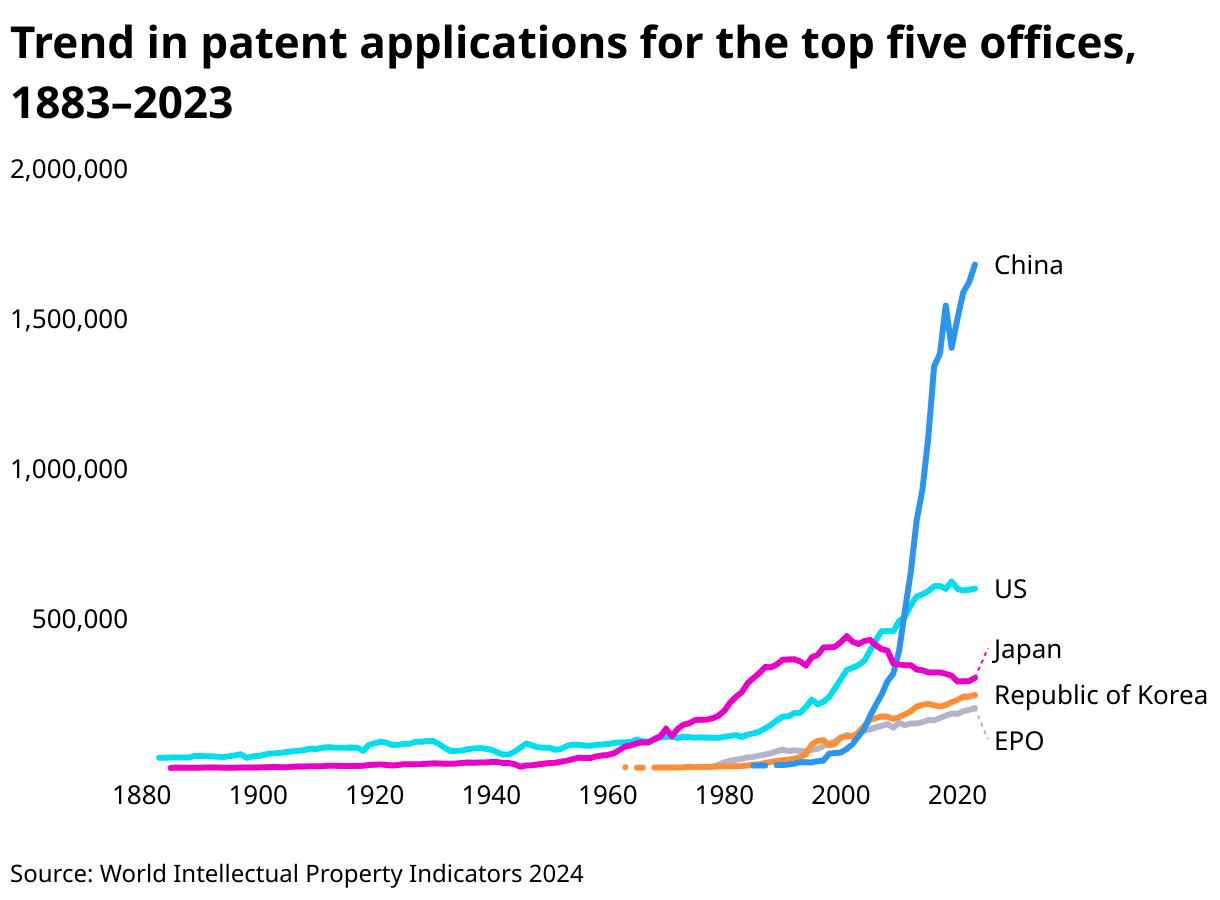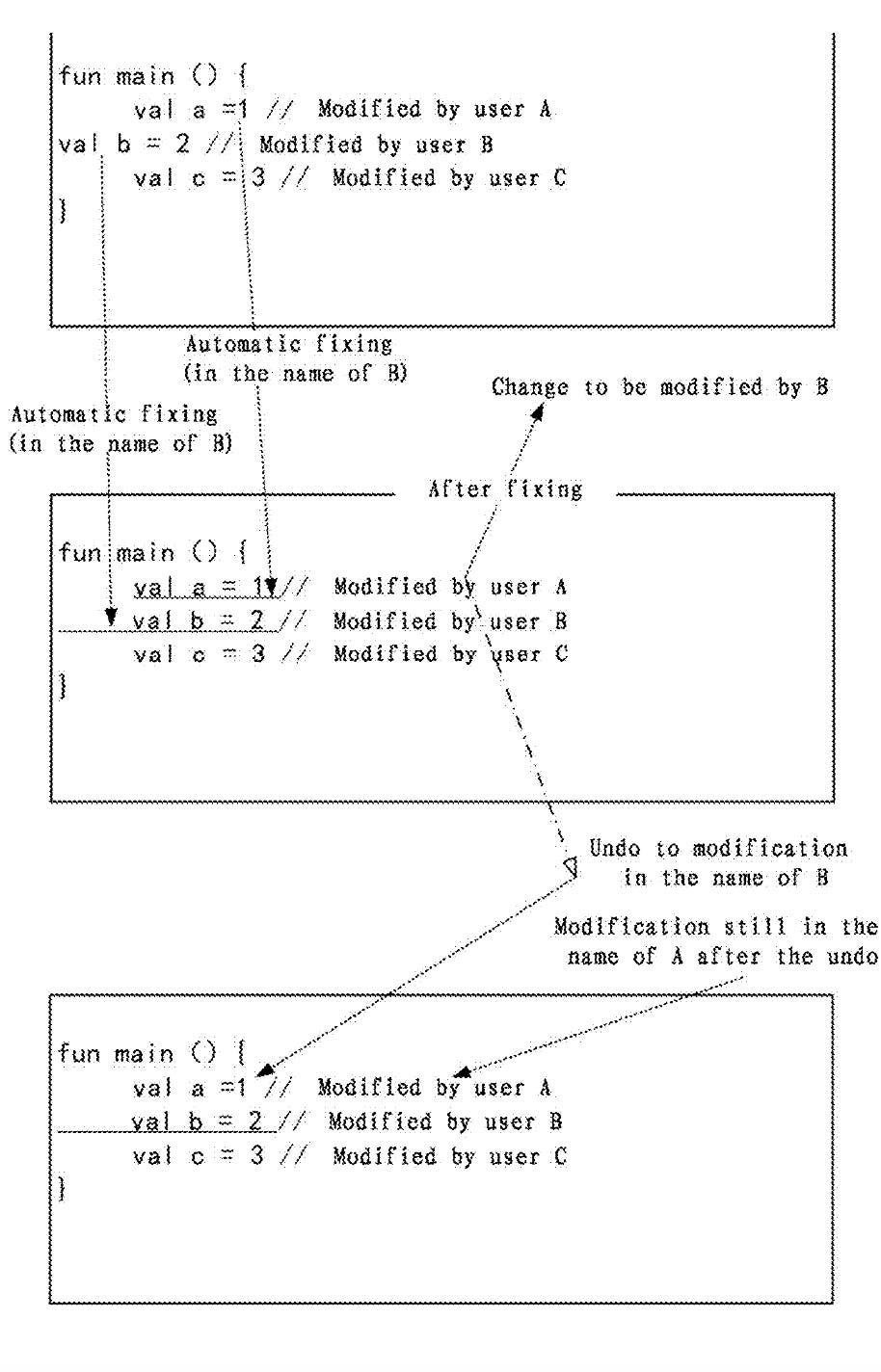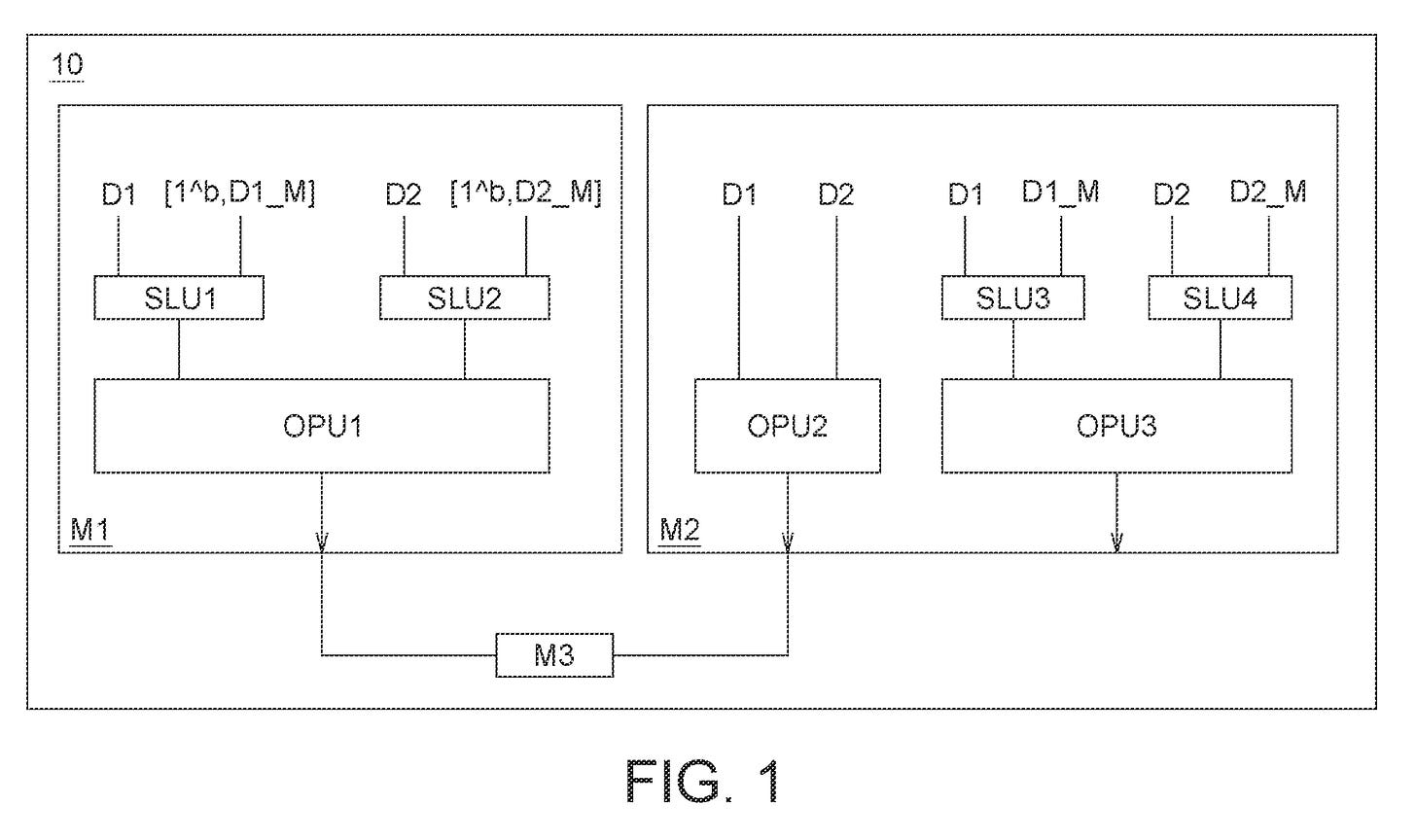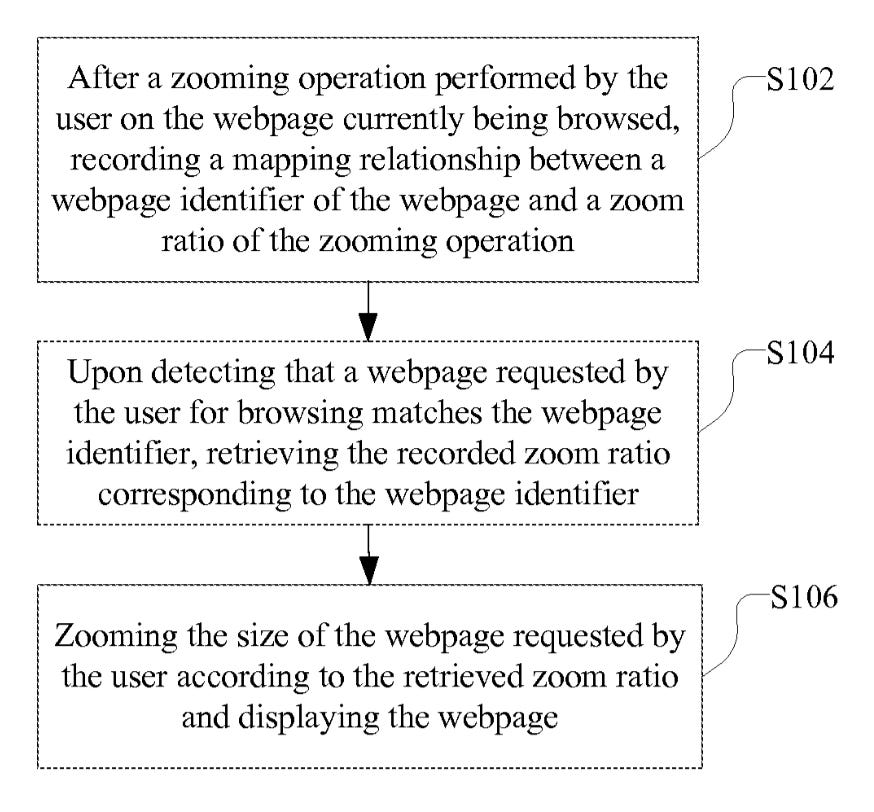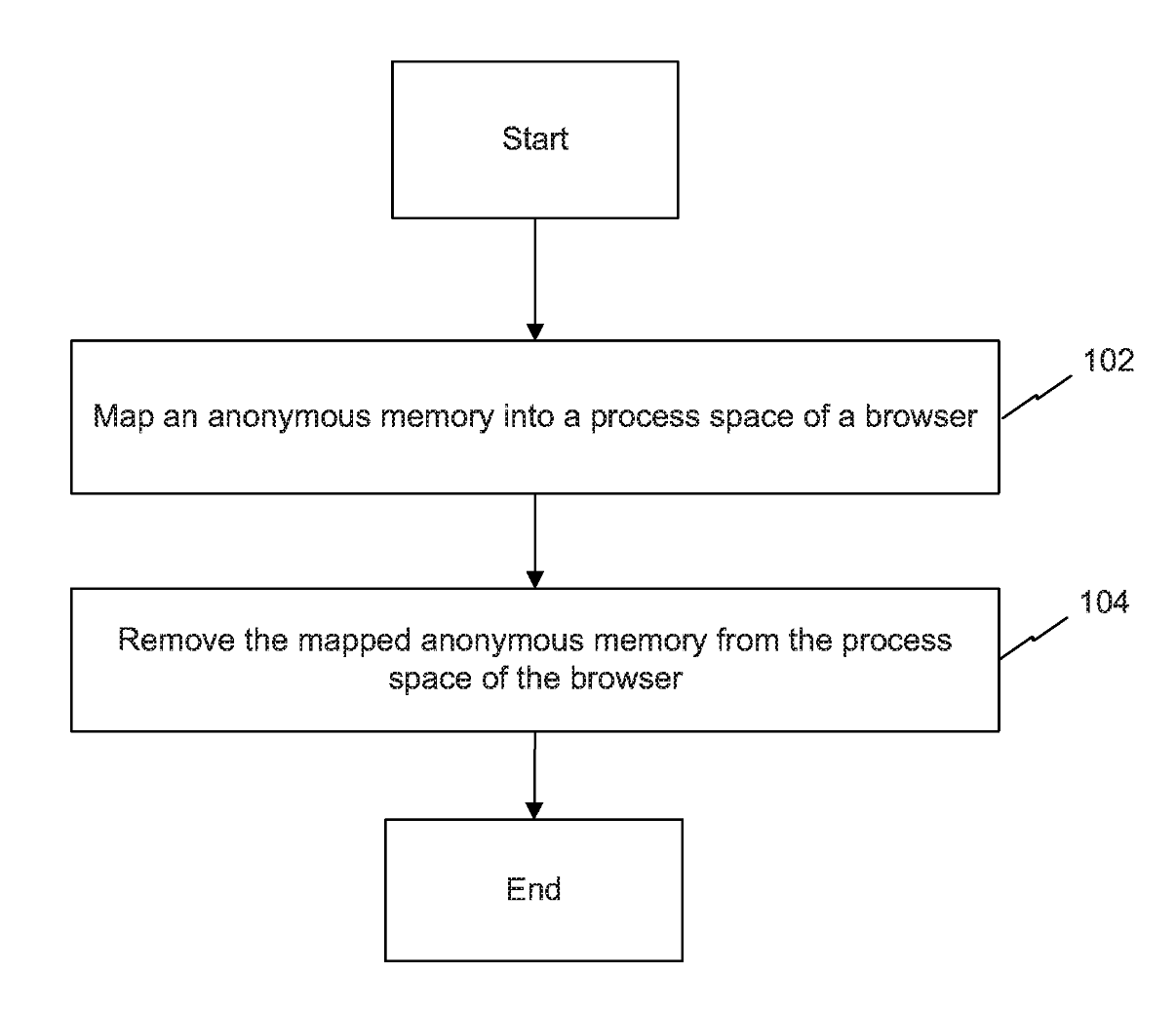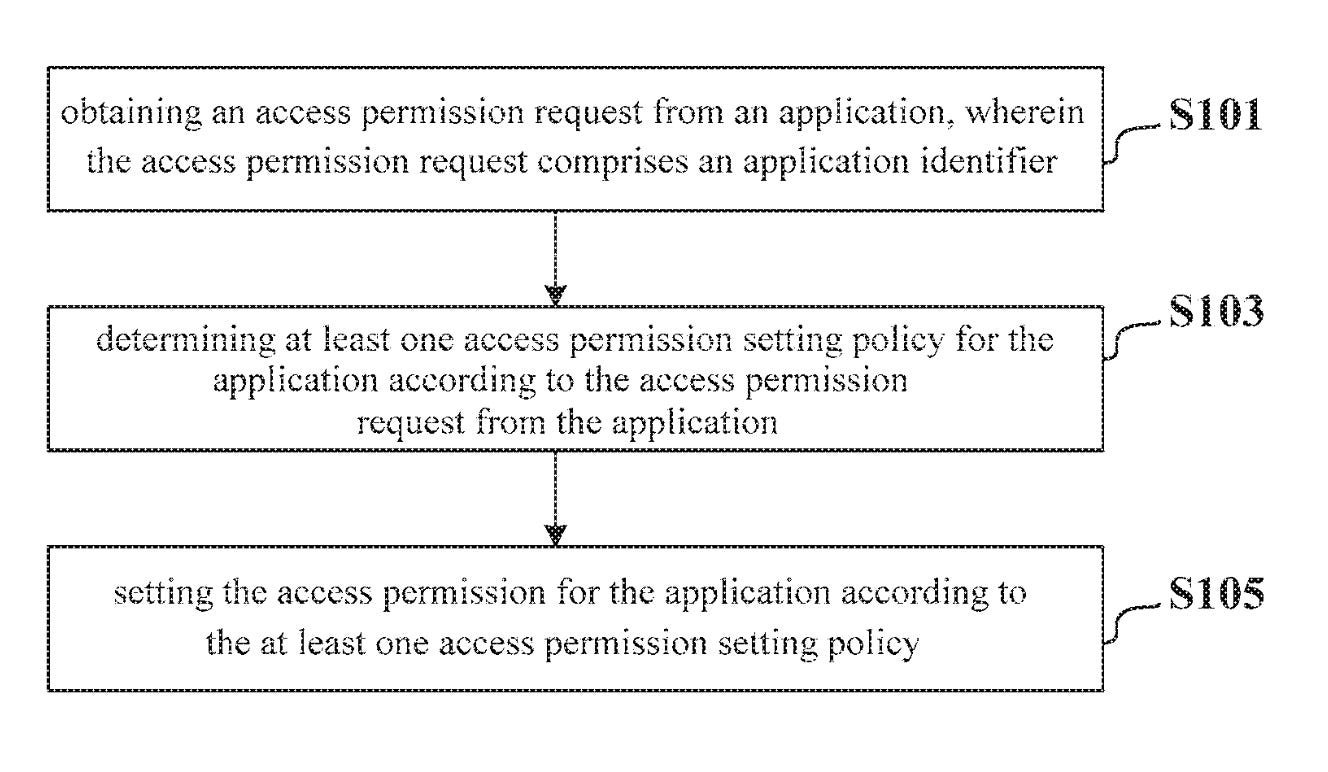No, Software Patents are not Innovation
China Might Be Winning, But Not Like That
Quite often authors measure a country’s “innovation” by counting up the number of patents they’ve filed. China Daily said in 2021
China's intellectual property office led the world last year by reporting 1.5 million patent applications, 2.5 times more than the United States, which ranked second, the World Intellectual Property Organization said on Monday.
A Reuters article China replaces Germany in top 10 of UN's most innovative nations
China contributed about a quarter of international patent applications in 2024, remaining the biggest source of them, while the United States, Japan and Germany - which together make up 40% of total applications - all recorded slight declines.
Ownership of patents is widely seen as an important sign of a country's economic strength and industrial know-how.
And here’s a nice graph that illustrates something, but it’s not “innovation.”
I’m here to tell you that the patent count, at least, is utter nonsense. Other measurements of innovation (number of engineering degrees granted, for example) are more compelling.
Background: I’m a licensed patent agent, who spent three years in Google’s Patent Litigation group. I wrote a SSRN article that was cited in an amicus brief to the Supreme Court. I busted this patent in Germany. So no, I’m not a lawyer, but yes, my credentials are in order.
Whenever you see one of those pro-patent opinion pieces in the popular press, invariably it’s about inventions that changed the world. Here’s one from Popular Mechanics. It lists GPS, the quadcopter, CRISPR gene editing, brain implants, self-driving cars, and other inventions, where you’d think, “Wow, now that’s innovation!”
Those op-ed pieces tout medical patents, or pharmaceuticals, or ingenious mechanical devices. For some reason, their poster child is never software.. Do you wonder why? Let’s look at a few. I read these things so you don’t have to.
Usually when a professional looks at a patent, he or she immediately looks at the first claim and the drawings. The first claim is the broadest, and the subsequent claims either depend on that, or claim some other “embodiment” of the “invention.” If it’s being litigated, of course, one has to read the whole thing. I don’t expect the reader to do that, but there are links if you want to.
Some Chinese Software Patents
There are 121,468 hits on classification “ELECTRIC DIGITAL DATA PROCESSING (computer systems based on specific computational models” from China. I’m showing just a few of them: title first, followed by claim 1 and a drawing. These are not “cherry-picked” patents: they’re just six of the first ones to come up, where I understood the subject matter. I don’t know much about blockchain or AI so I didn’t pick those.
We could do the same with six US or European software patents. The point is not “Chinese software patents are trivial,” it’s rather, “you should not use their quantity as proof of anything.”
If even these abbreviated descriptions make your eyes glaze over, there’s a “What this does, really” section that puts it in plain English.
Code fixing method and apparatus, and device and medium
This one was filed by Junyu Yue of the Beijing Zitiao Network Technology Co., Ltd. It has to do with version-control systems, and keeping track of who modified which line of a program.
Claim 1 reads:
I/We claim: 1 . A code fixing method, comprising:
acquiring a modified line number corresponding to a modified code line in a first code file submitted;
determining an encoding issue existing in the code line corresponding to the modified line number:
according to the encoding issue, fixing a code in the first code file with an identity of a current submitter of the first code file;
acquiring a fixed line number corresponding to the code fixed;
determining whether the fixed line number is included in the modified line number; and
in response to determining that the fixed line number is not included in the modified line number, undoing fixing for the fixed line number.
Here’s one of the more informative diagrams:
What this does, really
This is a source code control system that keeps proper track of who modified which line of which file.
AI Calculation Circuit
This one was filed by Chia-Lin Lu, Yuan-Hsiang Kuo, Wei-Chun Chang, Tsung-Hsien Lin, and Chin-Chung Yen of Cvitek Co. Ltd.
Here’s the first claim:
1 . An AI calculation circuit, characterized in comprising:
a plurality of calculation circuits, each comprising:
a floating-point multiplication module, comprising a first selection unit, a second selection unit and a multiplication unit, wherein a first input end of the first selection unit is configured to receive a first numeric data, a second input end of the first selection unit is configured to receive a plurality of mantissa bits of the first numeric data, a first input end of the second selection unit is configured to receive a second numeric data, a second input end of the second selection unit is configured to receive a plurality of mantissa bits of the second numeric data, and the multiplication unit is coupled to the first selection unit and the second selection unit;
a floating-point addition module, comprising a comparison unit, a third selection unit, a fourth selection unit and an addition unit, wherein the comparison unit is configured to receive the first numeric data and the second numeric data, a first input end of the third selection unit is configured to receive the first numeric data, a second input end of the third selection unit is configured to receive the mantissa bits of the first numeric data, a first input end of the fourth selection unit is configured to receive the second numeric data, a second input end of the fourth selection unit is configured to receive the mantissa bits of the second numeric data, and the addition unit is coupled to the third selection unit and the fourth selection unit; and
a storage module coupled to the floating-point multiplication module and the floating-point addition module,
wherein when the format of the first numeric data is integer format, the first selection unit, the second selection unit, the third selection unit and the fourth selection unit selectively output through the first input ends; when the format of the first numeric data is floating-point format, the first selection unit, the second selection unit, the third selection unit and the fourth selection unit selectively output through the second input ends.
What this does, really
As near as I can tell from all the legalese: it allows arithmetic operations on two inputs regardless of whether they’re integers or 16-bit or 32-bit floating point.
Webpage Display Method, Device, Browser and User Terminal
The inventor of this is Jie Liang of UC Mobile Ltd.
1 . A webpage display method, comprising:
after a zooming operation performed by a user on a webpage currently being browsed, recording a mapping relationship between a webpage identifier of the webpage and a zoom ratio of the zooming operation;
upon detecting that a webpage requested by the user for browsing matches the webpage identifier, retrieving the recorded zoom ratio corresponding to the webpage identifier; and
zooming a size of the webpage requested by the user according to the retrieved zoom ratio and displaying the webpage,
wherein:
the webpage identifier includes one of a domain name of the webpage and a unified resource locator (URL) of the webpage;
when the webpage identifier is the domain name, the zoom ratio is recorded under the domain name, and webpages sharing the same domain name are mapped to the same zoom ratio under the domain name; and
when the webpage identifier is the URL, the zoom ratio is recorded under the URL, and webpages sharing the same URL are mapped to the same zoom ratio under the URL.
What this does, really
When you zoom a page on a particular URL to your desired size on a device, it remembers what zoom ratio you used, and uses it again on that URL.
Method, apparatus, and system for reducing memory usage of a browser in a portable terminal device
This one has as inventors Jie Liang and Qing Huang, for Guangzhou UCWeb Computer Technology Co., Ltd.
1. A method for reducing memory usage of a browser in a portable terminal device, comprising:
determining whether an operating system of the portable terminal device has allocated an anonymous memory into a process space of a browser, the anonymous memory comprising a particular type of memory that is not backed by a file in a file system of the operating system after allocation of the anonymous memory;
in response to determining that the operating system has not allocated the anonymous memory, applying to the operating system for the anonymous memory to be allocated to the process space of the browser;
in response to determining that the operating system has allocated the anonymous memory, mapping the allocated anonymous memory into the process space of the browser;
removing the mapped anonymous memory from the process space of the browser, after an operation of the browser using the anonymous memory is completed;
after removing the mapped anonymous memory from the process space of the browser, determining whether the operating system has taken back the anonymous memory; and
in response to determining that the operating system has not taken back the anonymous memory, mapping the anonymous memory into the process space of the browser and continuing to use the process space without re-applying to the operating system.
What this does, really
It allocates anonymous memory, i.e. memory not mapped to a file, for pictures (and videos), which may lead to better memory management by the operating system.
Method, a system, a device and a readable medium for setting access permission for an application
This one’s inventor is Zhengxiang Gu for Shanghai Zhangmen Science and Technology Co., Ltd.
Claim 1 is:
1 . A method for setting access permission for an application comprising:
obtaining an access permission configuration request from the application, wherein the access permission configuration request comprises an application identifier;
determining at least one access permission setting policy for the application according to the access permission configuration request from the application; and
setting the access permission for the application according to the at least one access permission setting policy.
What this does, really
Applications provide a list of all the permissions they require, and the invention provides a way to request them all in the background, without making the user click on each one.
My favorite part of this one is claim 8:
8 . The method according to claim 7, wherein the at least one access permission setting policy comprises at least one of the following setting policies:
minimum permission required by the application for operation; and
permission for the application set by users which is obtained based on an algorithm according to big data.
‘Big data” is never defined in the specification.
Conclusions
If you’re pointing out that these are all Chinese, and what about everyone else? Yes, software patents are universally silly: the US’s as well as everyone else’s. Citing them as proof of “innovation” is a category error.
I’ll refrain (mostly) from passing judgment on whether these “inventions” are really novel, useful, and non-obvious. I wrote at length here about what “obviousness” means for software, and to cheat a little, there is a notion in US law at least (I don’t know about China) about a technique being “obvious to try.” For example, on the “saving browser memory” patent, was it obvious to try something described in the operating system documentation?
The default searching method of most patent examiners is to ask, “is there any prior art with these exact words?” If you, as a defendant, find some prior art with the same concept but different words, you have an uphill battle to convince the patent office or a jury that it’s really the same thing.
With chemical compounds, there are established names for things, and you can’t get away with calling di-methyl-sulfide (I made that up) something else, if di-methyl-sulfide is the official name. With computer software there are no official names, and what a claim term actually means is decided by a judge in a “claim construction hearing.” The judge can rule that “database” can include a ASCII text file, and usually that’s the end of it.
There is much more to be said about software patents, and I said some of it before in Substack (here).


